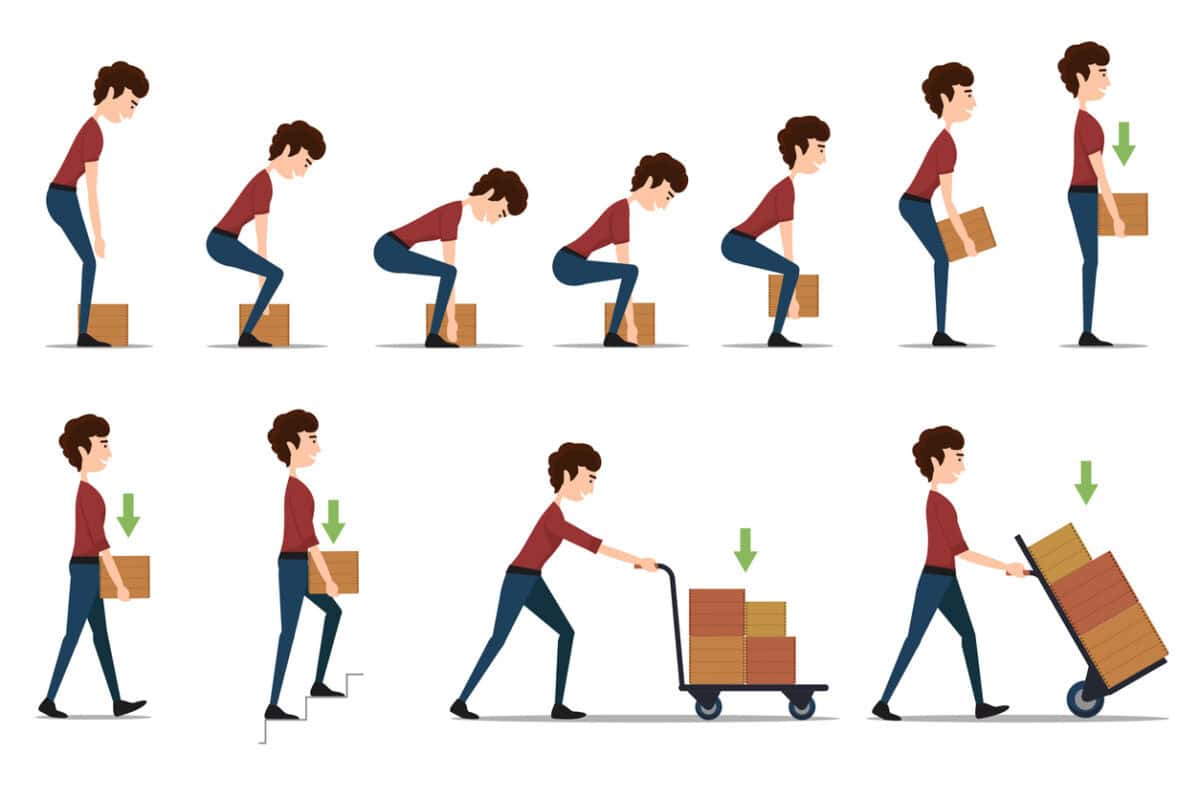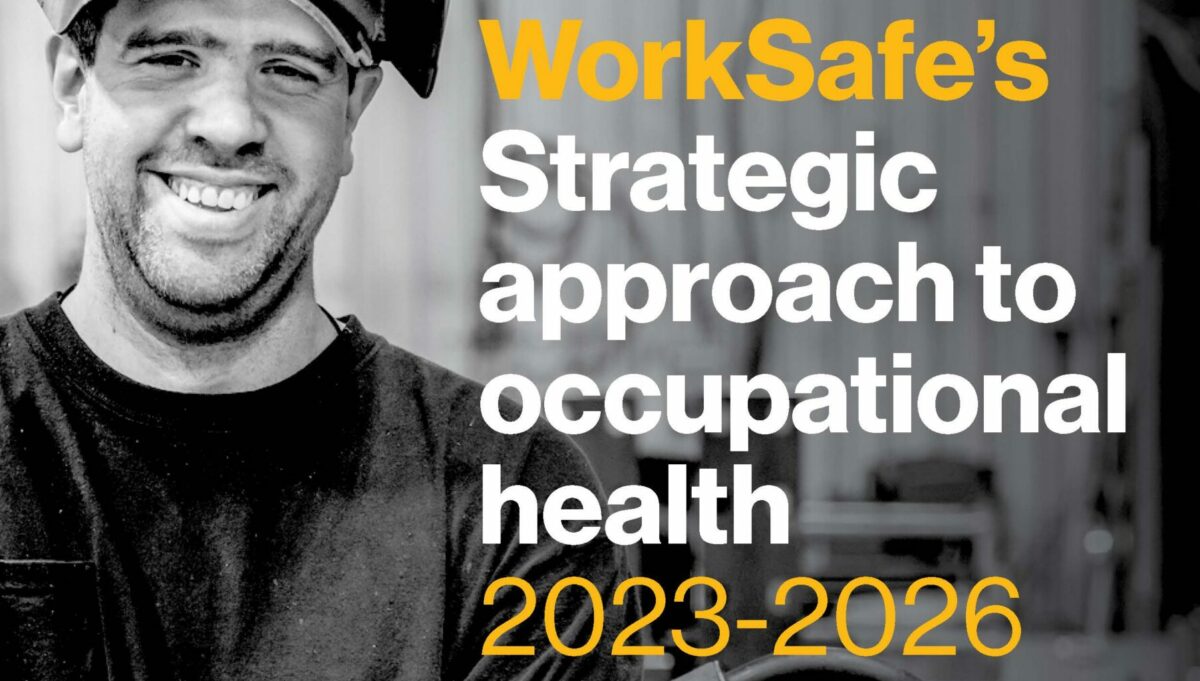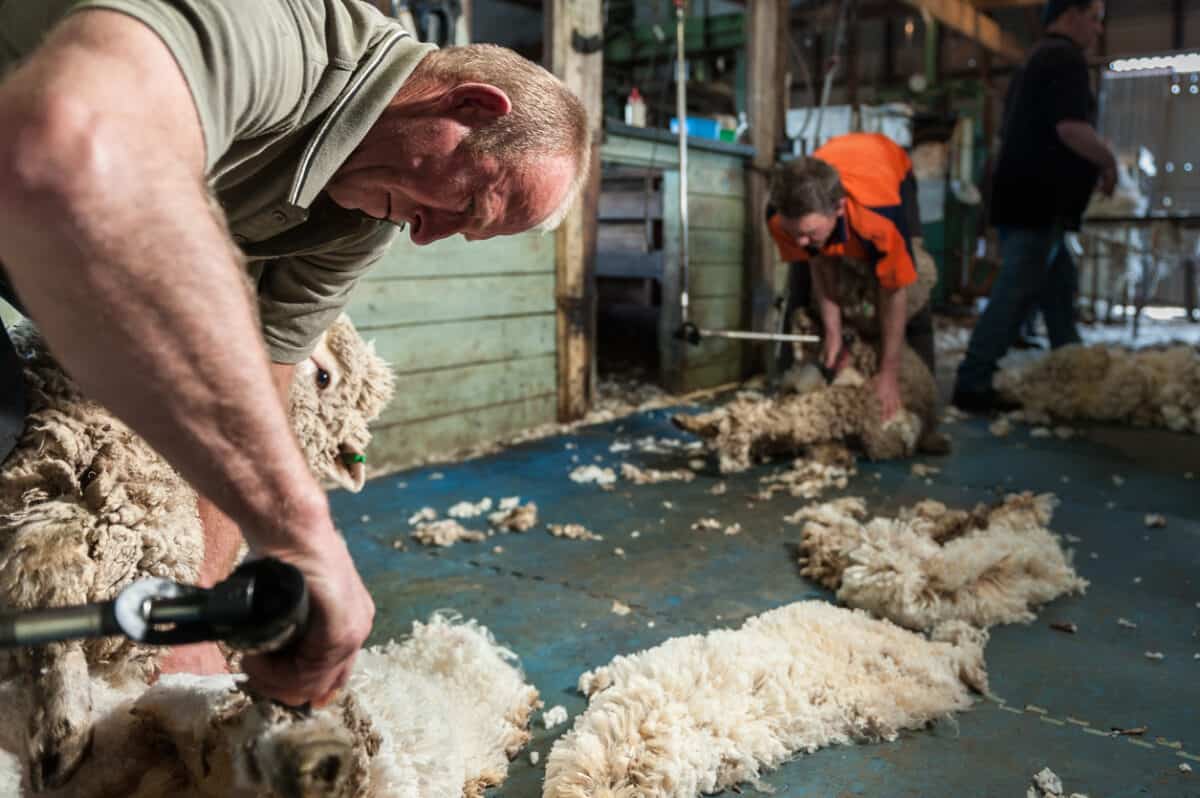A recent edition of the Professional Safety Journal from the United States included a cover story about pre-work stretching. This common activity on some construction and manufacturing sites is promoted as a means of preventing injury or reducing the severity of, especially, musculoskeletal injuries, but I don’t think there ever was evidence to support either of these intentions, and there still isn’t.
Category: manual handling
From Sidekick to Spotlight: WHS Show Steps Up, But a Few Big Players are missing
Over the last couple of decades, the Workplace Health and Safety Show has evolved from a trade show tacked onto occupational health and safety (OHS) conferences to an independent entity. But is it any good? I spent a few hours there last week to find out.
The Workplace Health and Safety Show is a two-day event that travels to major Australian capital cities each year. Its origin was as a trade show that accompanied OHS conferences, offering a clearly commercial counterpoint to the regulators and academic presentations at the conferences. The challenge in attracting conference delegates was that they had usually paid big money to attend the conference and needed to make a trade-off between their commitment to the conference and the opportunity to stroll the trade show. Other than lunchtime, the conferences rarely allocated enough time for the trade shows, which are an important part of demonstrating the practical application of many of the concepts presented at the conference.
Continue reading “From Sidekick to Spotlight: WHS Show Steps Up, But a Few Big Players are missing”HWSA’s manual handling challenge
Recently, Australia’s Heads of Workplace Safety Authorities (HWSA) produced a position paper that said:
“‘How to lift’ training programs do not reduce the incidence of musculoskeletal disorders. Despite this, a recent survey found that almost 80 percent of employers had provided ‘how to lift’ training to their workers in the past two years…
Providing ‘how to lift’ training does not prevent work-related musculoskeletal disorders. ‘How to lift’ training does not change any of the hazardous manual task risk factors that workers are exposed to, nor does it address the source/s of the musculoskeletal disorder risk…”
This is a further example of employers being sucked into occupational health and safety (OHS) related programs that do not work. Wellness has been seriously questioned, gym ball seating, back belts… and more. However, it seems that research is less of a challenge than communication.
The Australian Institute of Health and Safety embraces AI
The Australian Institute of Health and Safety (formerly the Safety Institute of Australia) recently launched an Artificial Intelligence tool for the institute’s members to access its extensive data sources. I posed SPARK a couple of questions to evaluate its effectiveness.
According to the September 25 2024 media release:
“The “Safety Professional Assistant and Resource Knowledge-Base” tool, known as SPARK, … has been trained on State-based legislation and regulations, OHS Body of Knowledge content, OHS Professional Magazine content, and general organisational information stored on the AIHS website.”
“Tight Loose Tight” needs broader explanation
The Australian Industry Group (AIGroup) has published an article intended to rebuild trust between workers and employers and is based on a “Tight Loose Tight” concept. It seems to make sense and maybe moreso to its intended audience but it is missing essential integration.
You can lead an employer to the law, but you cannot make them comply
Recently WorkSafe Victoria distributed two strategy documents to one of its reference groups. (They are not yet publicly available.) SafetyAtWorkBlog has seen the “Strategic approach to occupational health 2023-2026” and “Transport Fatality Prevention Strategic Approach 2023-2026”. The first includes the following occupational health categories:
The wicked problem of the safety of shearers and the viability of sheep farming
Shearing sheep is an exhausting laborious job and so can cause work-related injuries for which workers’ compensation can be sought. The Weekly Times on January 4 2023 (paywalled) devoted a whole page to the issue in an article headlined “The shear cost of it all”. (Only a companion piece is available online at the time of writing)
The aim of the article seems to be to illustrate the exorbitant and unfair workers’ compensation costs faced by the employers of shearers, but some relevant occupational health and safety (OHS) matters are overlooked.







